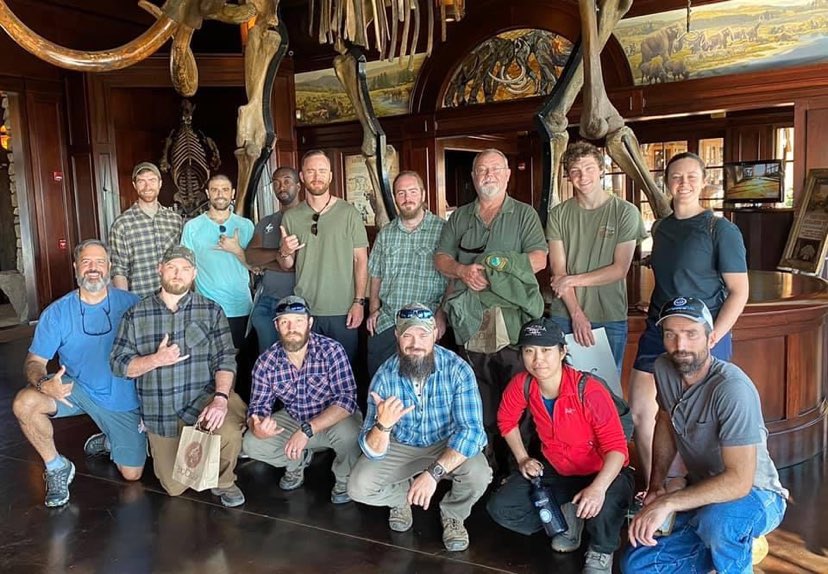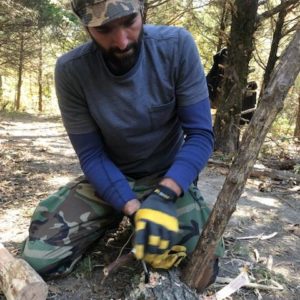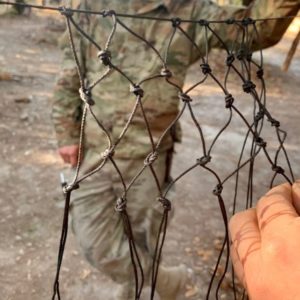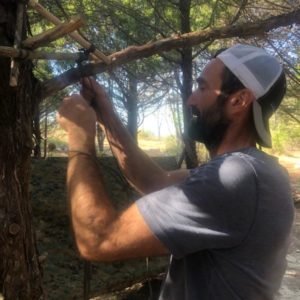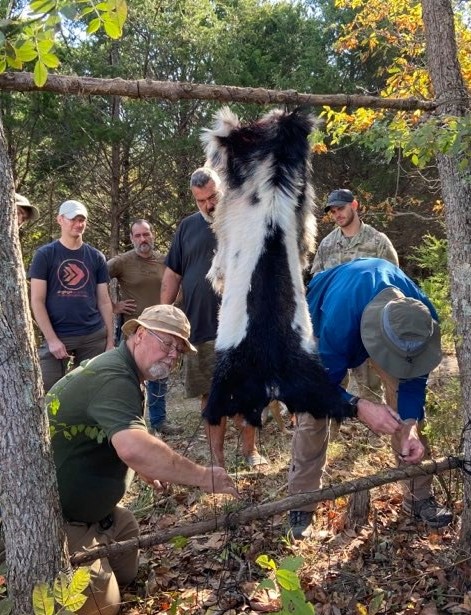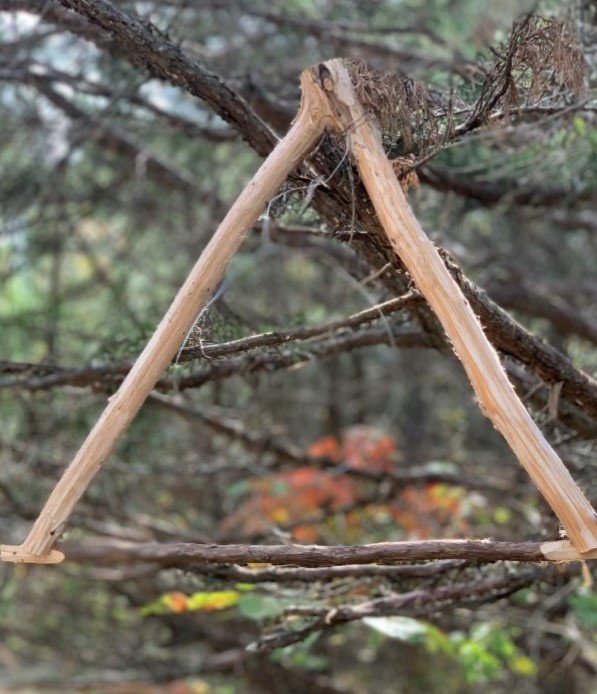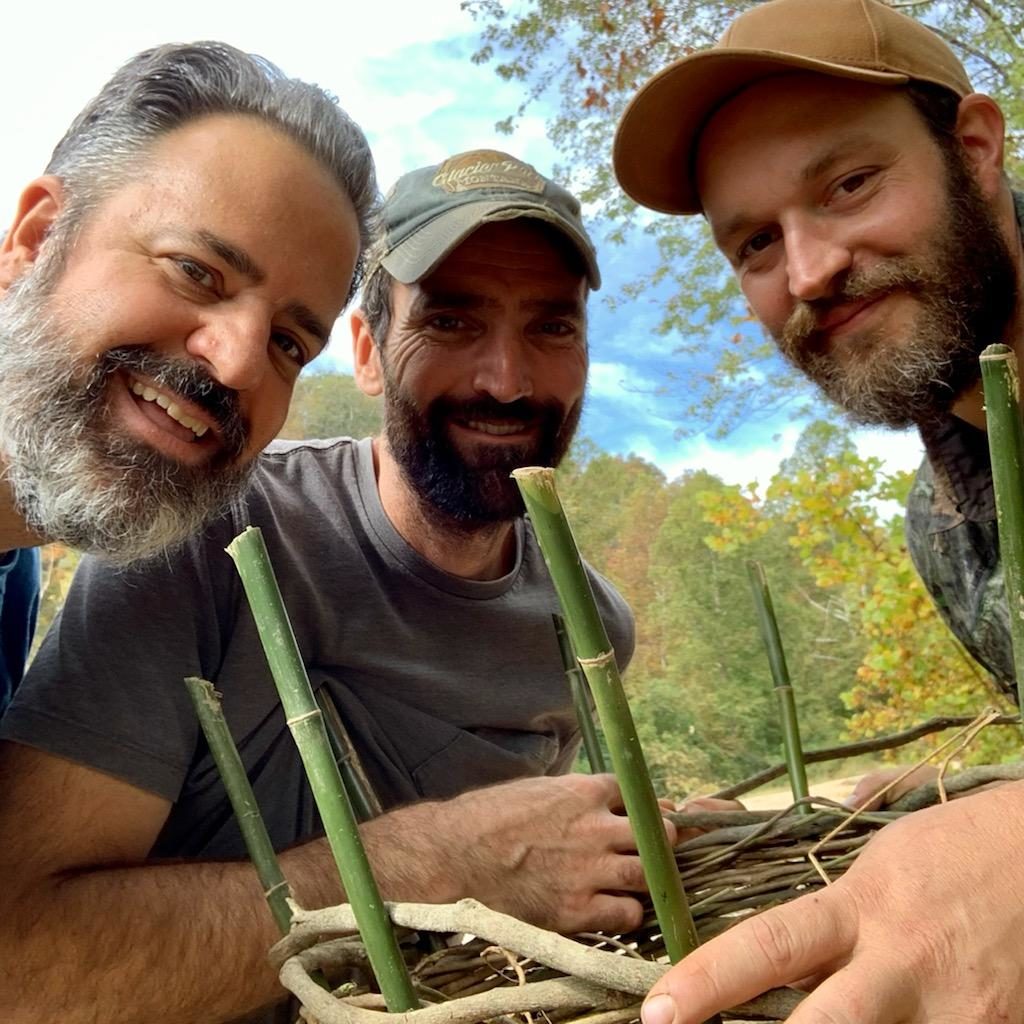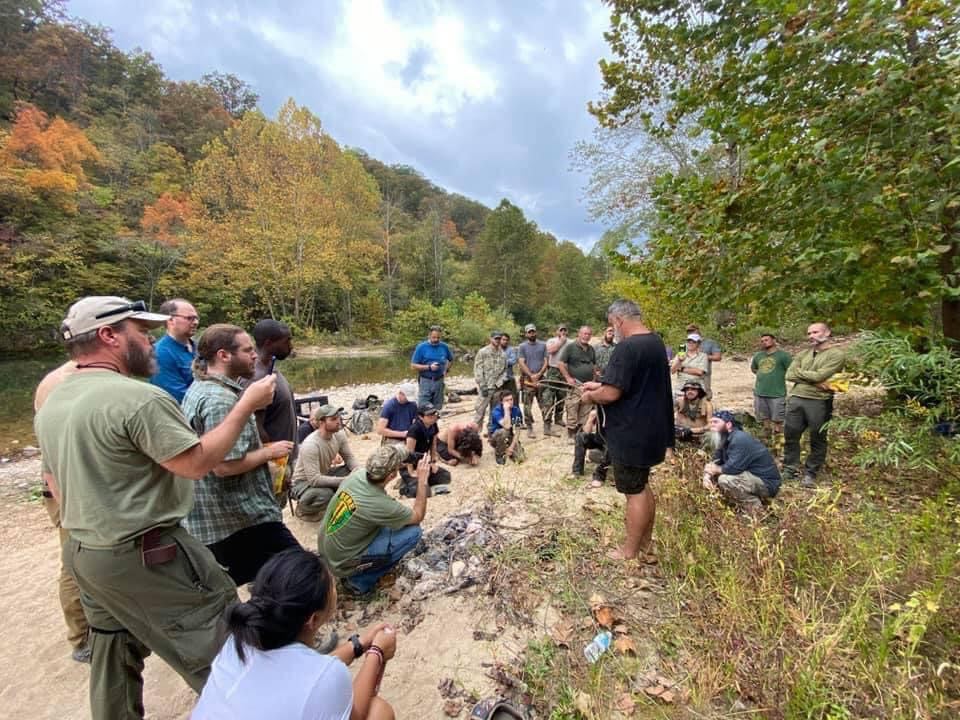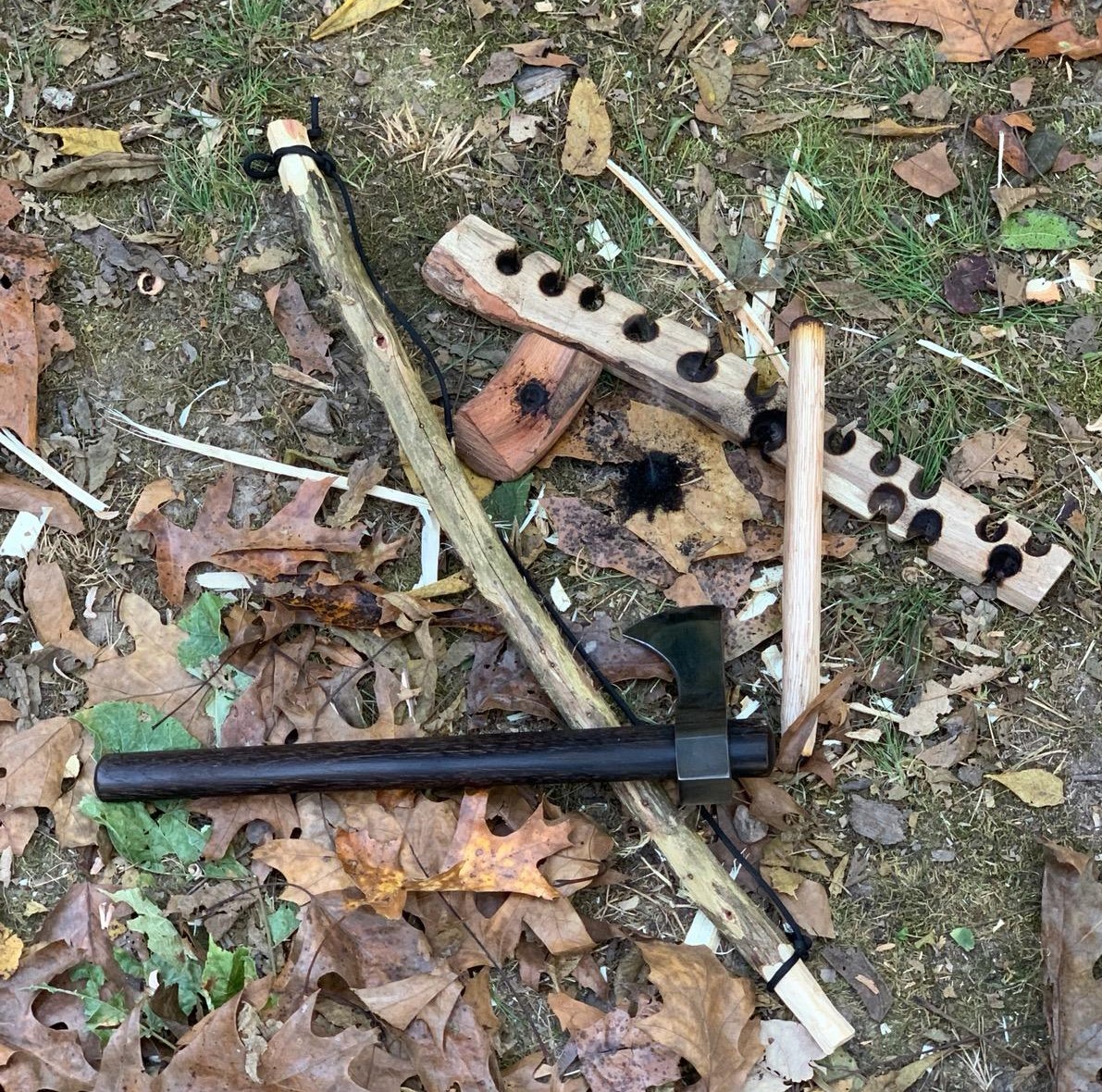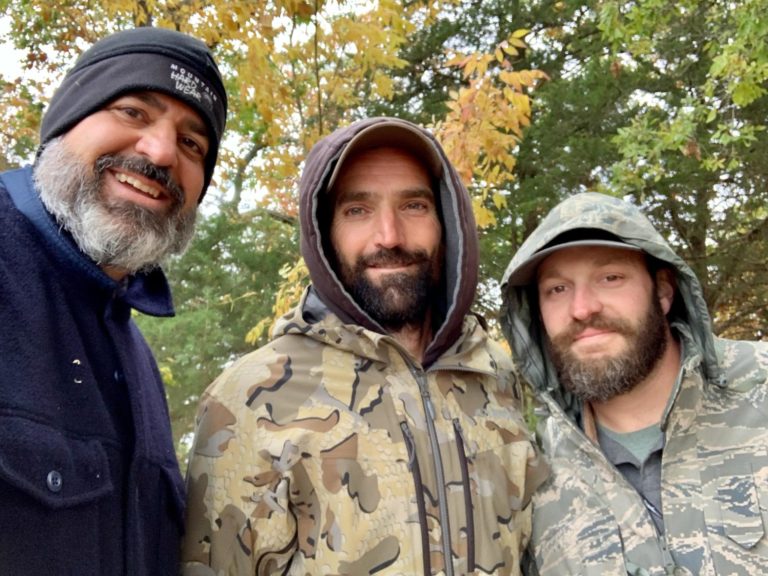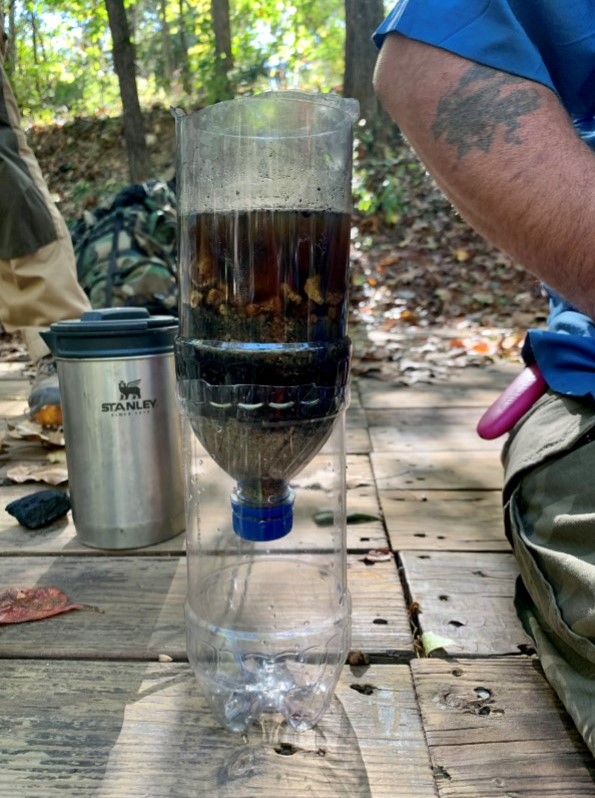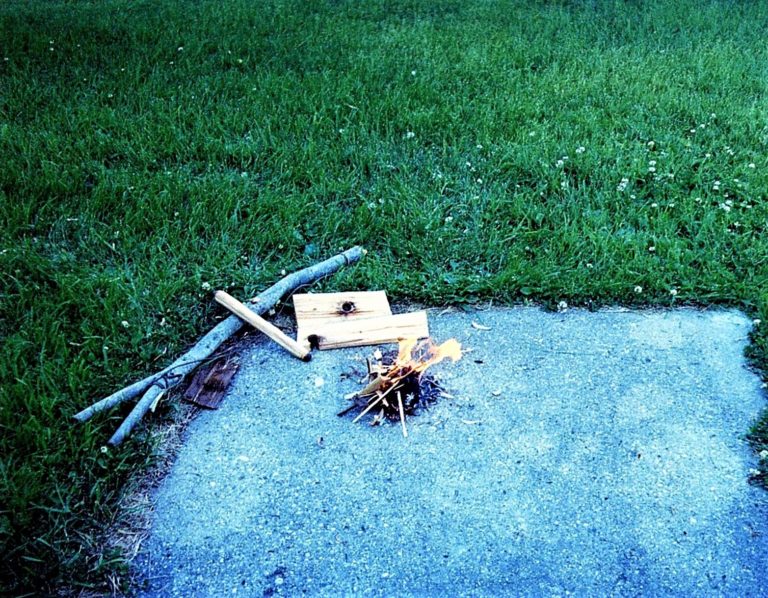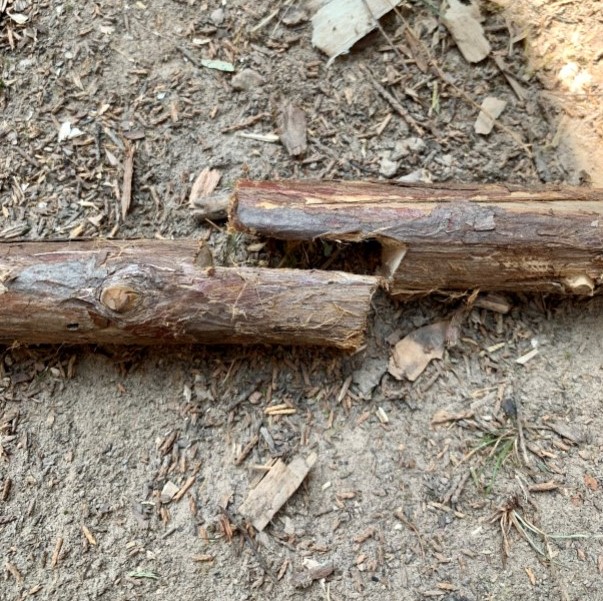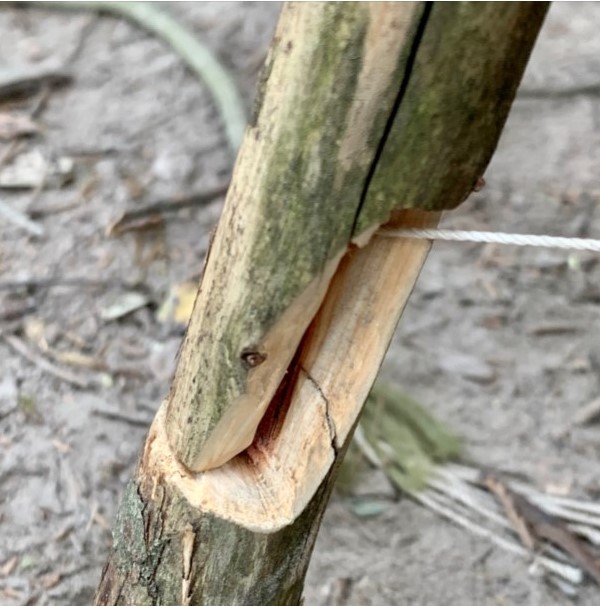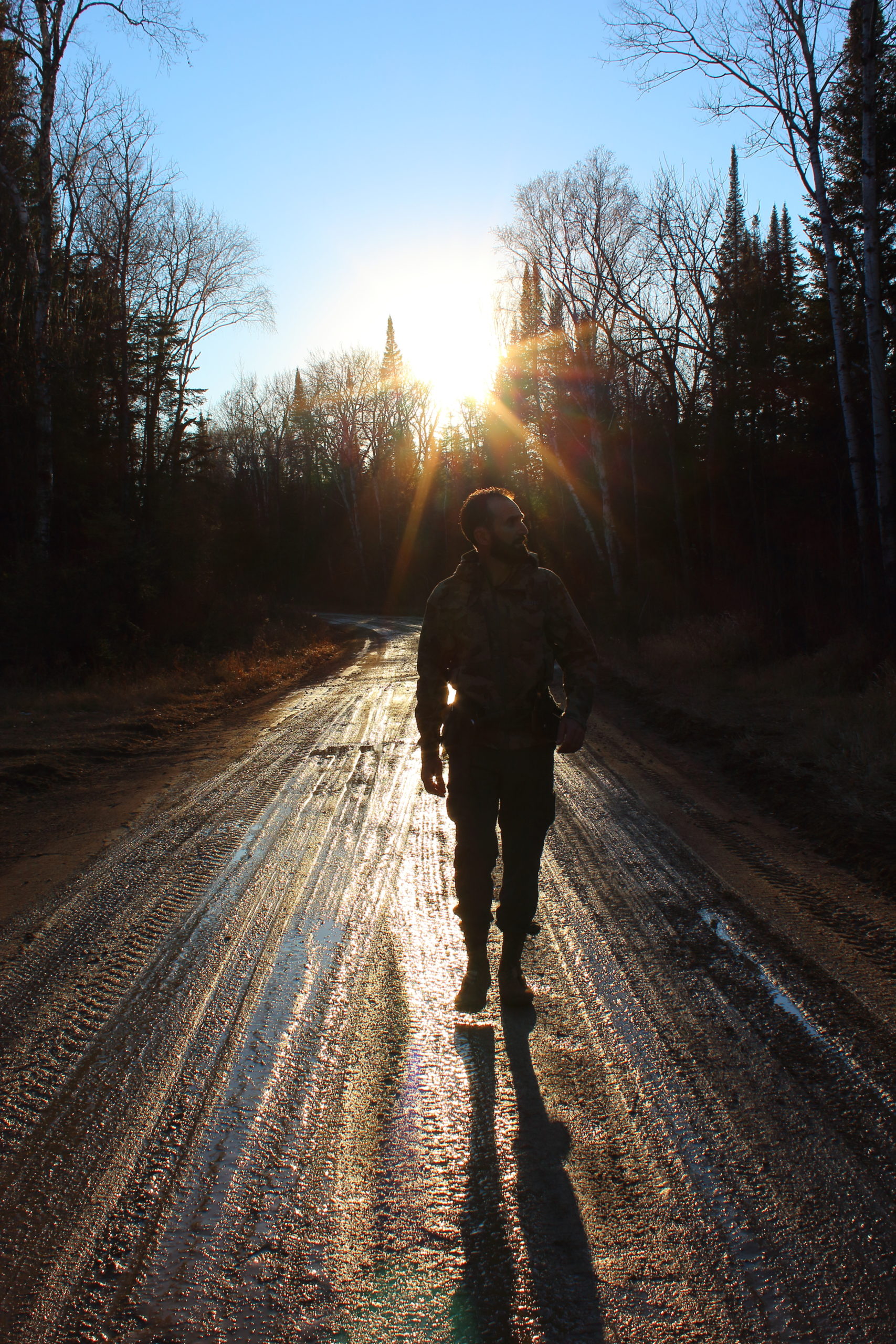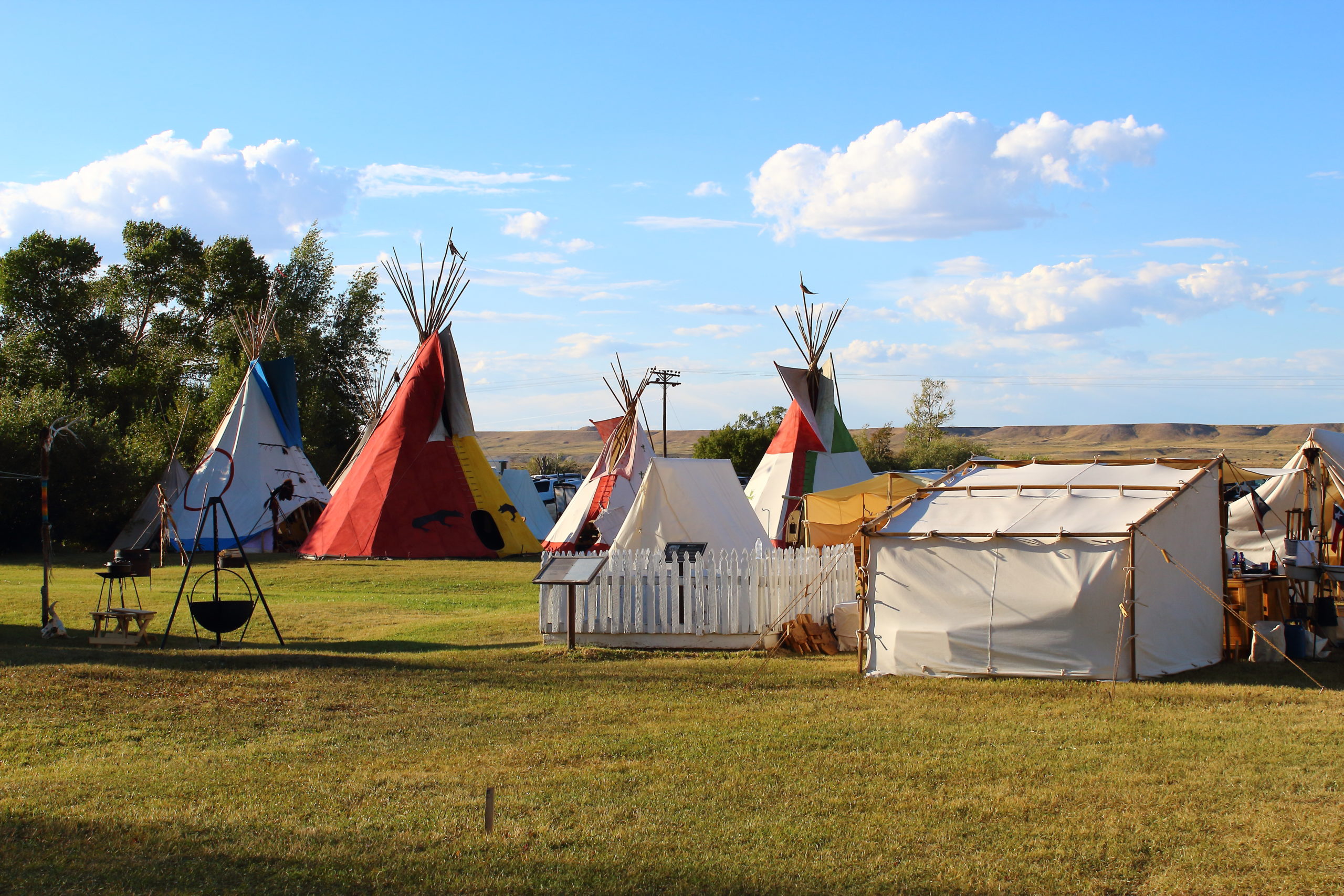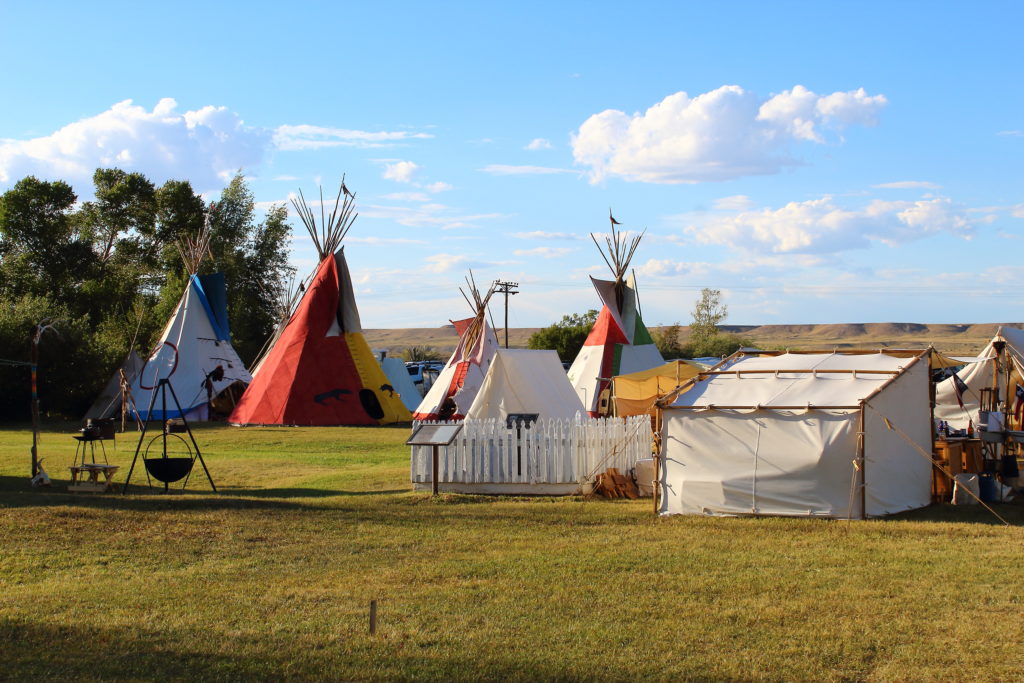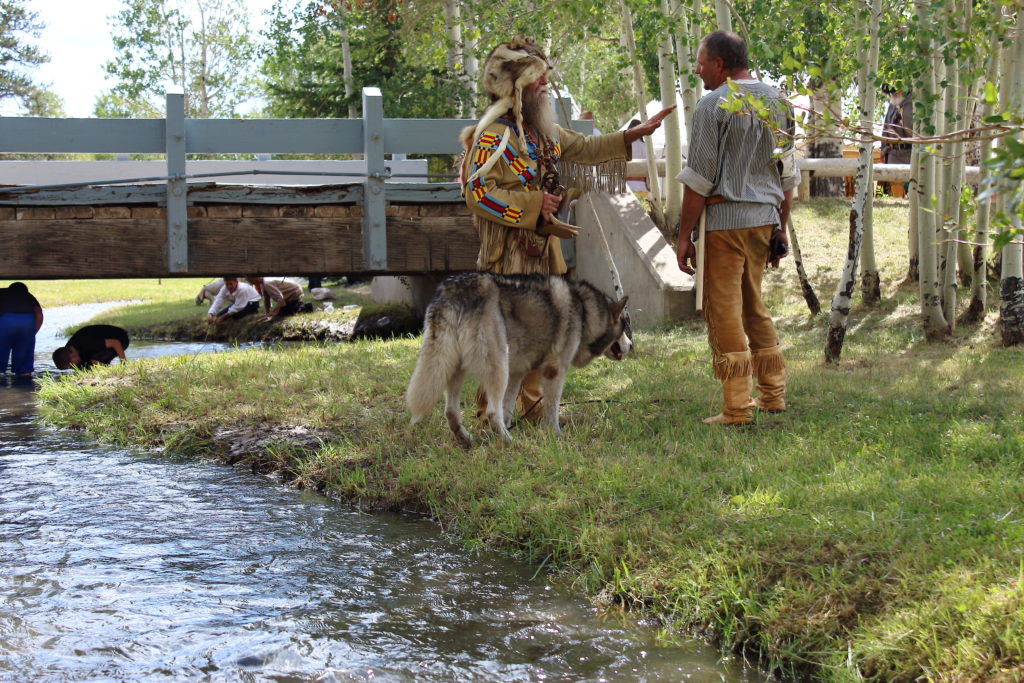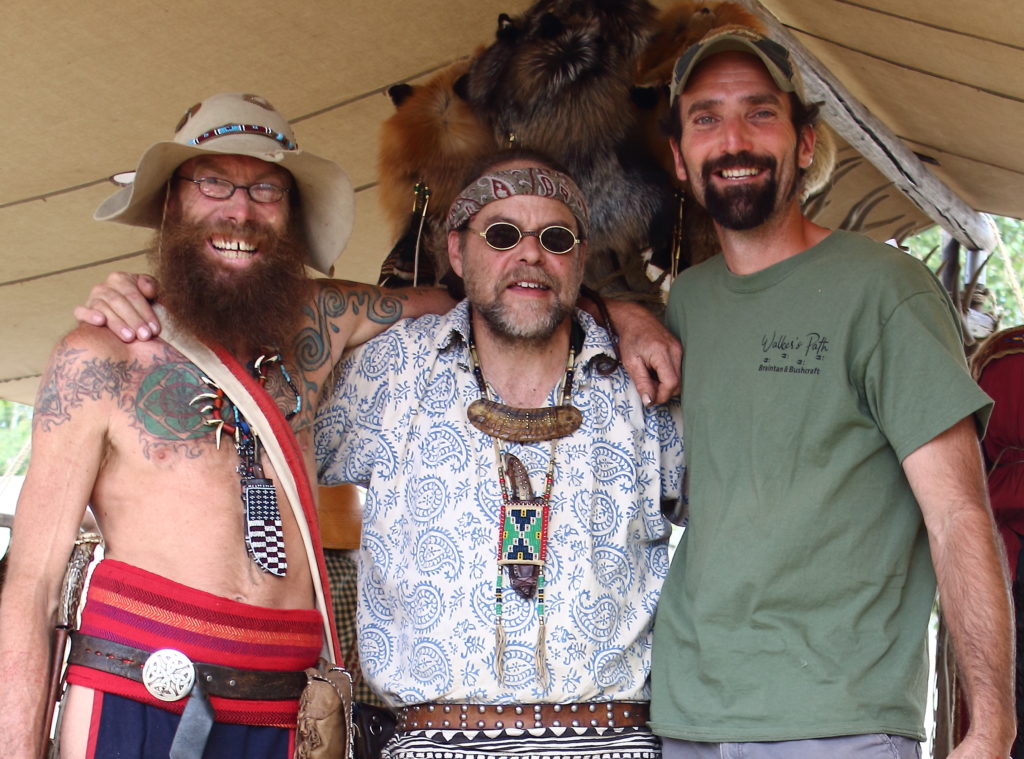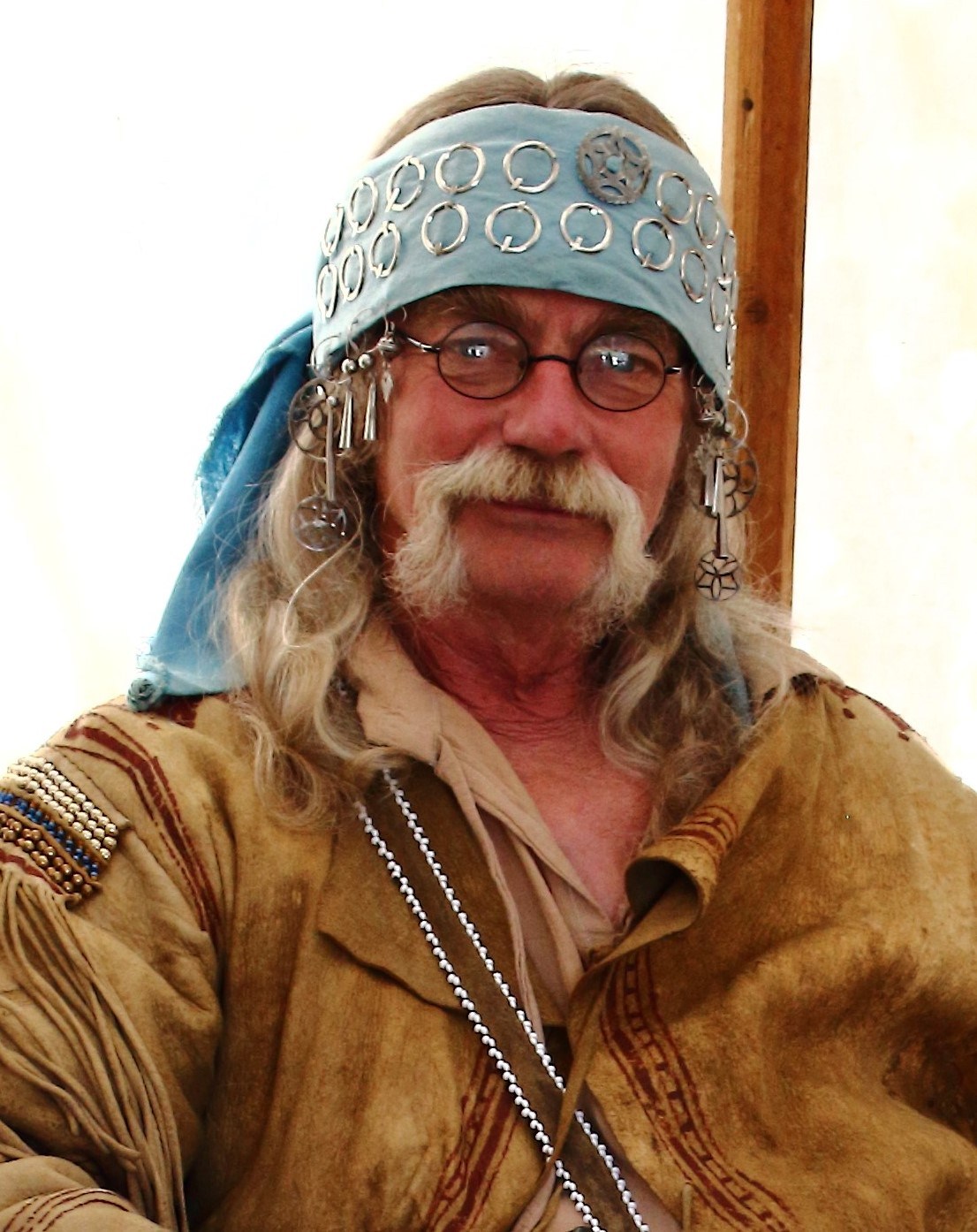SIGMA 3 SURVIVAL: Week 3
Sigma 3 Survival: Week 3
ADVANCED PRIMITIVE SKILLS
Tom Brown Tracker School 2004; I had flint napped, made bone tools, and tried my hand at pottery. Class size at the school was large, which left little time for individual hands-on learning. Now it was Sigma’s 3 turn to teach me these skills. With smaller class size, more instructors, and a whole five days to learn these ancient skills, it was going to be great.
SUNDAY
We went on a little field trip to the Top of the Rock’s Ancient Ozarks Natural History Museum. The museum had many attractions including original artifacts similar to the ones we would be making soon. The highlight for me was the impressive amount of Native American buckskin clothing on display. Someday, I hope to go back.
MONDAY
Finally, the long-awaited day arrived…I busted out a coal with my oak board and spindle. With one side of my fire board full of holes, and three spindles ground to dust, victory was mine. Pottery was next. Some of the guys were naturals at it…possibly on their way to making real works of art. While the pottery was drying, we gathered hickory staves to turn into green bows.
TUESDAY
We spread out a large tarp to catch broken shards of stone and glass, creating a knapping pit. I spent most of my time working glass. Back home, quality stone is hard to come by, but there is an abundance of old glass bottles littering the woods. What an enjoyable and relaxing start to the day. Midafternoon, we took a break from flint knapping to work on bone tools. I made a pendent that could double as an arrowhead. The bones we used were left over from processing the goat. We finished the day removing hair from our dried goat hide. Gary and I were chosen for this undertaking. When I said the goat was a stinky little beast, this was an understatement. Thankfully, this task didn’t last for more than 45 minutes with the help of my razor-sharp tomahawk head. The fragrance of old goat wafted from our clothes throughout the camp, which the others made known to us. We ended up driving to town for showers just so we could tolerate our own stink.
WEDNESDAY
We worked on green bows and flint knapping. That afternoon, we went on plant identification walk with Josh.
THURSDAY
We made atlatls, pine pitch glue, arrows, and darts. That evening, we started a huge bonfire as a kiln to temper our previously made pottery. Staying up in shifts, we kept the fire going all night.

FRIDAY
We discovered that most, if not all, of our pottery had cracked. I wasn’t too heartbroken. The stoneware cup I made resembled something a small child could have made from Play Doh. I commented, “A thousand years from now, this will be a dig site, where archaeologists will ponder what was mentally wrong with the people who made this pottery.” Everyone laughed. Later that morning, we cut down trees to make tables and chairs. Rob had a little hand auger called a settler’s wrench which we used to drill holes and cut tenons for the furniture. I would like to purchase one of these handy little tools in the future. That afternoon, we finger weaved shoulder straps and belts for our Roy Craft pack frames. The last project of the day was tying a gillnet. I had previously made dip nets, gillnets, and bags using a net needle and gauge. At Sigma, we used an overhand knot instead. The nets weren’t as uniform using this method, but they were quicker to construct, which was useful for teaching a group of students with time constraints. This wraps up another fast-paced week at Sigma 3.

